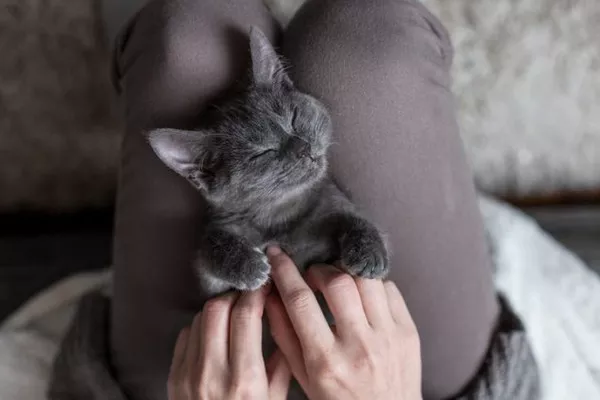Ringneck parrots, also known as Indian Ringneck parrots, are beloved avian companions due to their vibrant plumage, playful nature, and impressive mimicry skills. However, like any pet, they may exhibit undesirable behaviors, such as biting. If you find yourself facing this issue, fear not! With patience, consistency, and positive reinforcement, you can train your ringneck parrot to curb its biting tendencies. In this article, we will explore effective techniques to help you achieve this goal.
Understanding the Causes
Before embarking on a training journey, it’s important to understand why your ringneck parrot may be biting. Common causes include fear, territorial behavior, hormonal changes, lack of socialization, and even boredom. Identifying the underlying reason behind the biting will help you tailor your training approach accordingly.
Establishing Trust and Bonding
Building a strong bond and trust with your ringneck parrot is crucial for successful training. Spend quality time with your feathered friend, talking to them softly, offering treats, and engaging in gentle play. Allow them to get comfortable with your presence and gradually progress to physical interactions, such as stepping up on your hand. This process may take time, so exercise patience and ensure a calm environment during bonding sessions.
Positive Reinforcement
Positive reinforcement is a highly effective training technique for parrots. It involves rewarding desirable behaviors to encourage their repetition. When your ringneck parrot exhibits non-biting behavior, such as staying calm or stepping up without biting, offer immediate praise and a preferred treat. Positive reinforcement reinforces the notion that gentle behavior is rewarded, motivating your parrot to engage in such actions more frequently.
Avoiding Triggers
Identify and eliminate triggers that may provoke your ringneck parrot’s biting tendencies. Observe their behavior closely to identify patterns or situations that lead to biting. These triggers can be anything from sudden movements, loud noises, specific objects, or even specific people. By removing or managing these triggers, you can create a safer and more comfortable environment for your parrot, reducing the likelihood of biting incidents.
Redirecting Biting Behavior
When your ringneck parrot attempts to bite, it’s essential to redirect their focus onto more appropriate activities. Keep a selection of safe and engaging toys readily available. When you notice your parrot becoming aggressive or exhibiting biting behavior, gently guide their attention toward a toy they can chew on or interact with. This helps redirect their energy and provides an acceptable outlet for their natural instincts.
Consistency in Training
Consistency is key when training your ringneck parrot. Set clear boundaries and stick to them. Reinforce positive behaviors consistently and avoid inadvertently rewarding negative behaviors. All family members or individuals interacting with your parrot should follow the same training principles to avoid confusion. This uniform approach will facilitate faster progress in eliminating biting habits.
Understanding Body Language
Parrots communicate through body language, and being able to interpret your ringneck parrot’s cues is essential in preventing biting incidents. Learn to recognize signs of stress, fear, or aggression, such as raised feathers, dilated pupils, hissing, or lunging. When you notice these signs, it’s important to give your parrot space and time to calm down before attempting further interaction. Ignoring these cues may escalate the situation and lead to biting.
Gradual Exposure to New Situations
Ringneck parrots can sometimes bite when faced with new or unfamiliar situations. To prevent this, expose your parrot gradually to new experiences, people, or objects. Start with low-stress situations and gradually increase the level of stimulation. Always monitor your parrot’s body language and reactions during these exposures, providing reassurance and positive reinforcement for calm and non-biting behavior.
Seeking Professional Advice
If you find that your efforts to train your ringneck parrot are not yielding satisfactory results, it may be beneficial to seek professional guidance. Avian behaviorists or experienced parrot trainers can provide personalized advice and techniques tailored to your specific parrot’s needs. They can assess the situation, identify potential underlying issues, and offer advanced training strategies to address the biting behavior effectively.
Conclusion
Training a ringneck parrot not to bite requires patience, consistency, and a thorough understanding of your parrot’s behavior and needs. By building trust, using positive reinforcement, and redirecting biting behavior, you can help your parrot develop better habits. Remember to create a safe and stimulating environment, read your parrot’s body language, and seek professional advice if needed. With time and dedication, you can foster a bond of trust and companionship while curbing your ringneck parrot’s biting tendencies.
Related Topics:

























